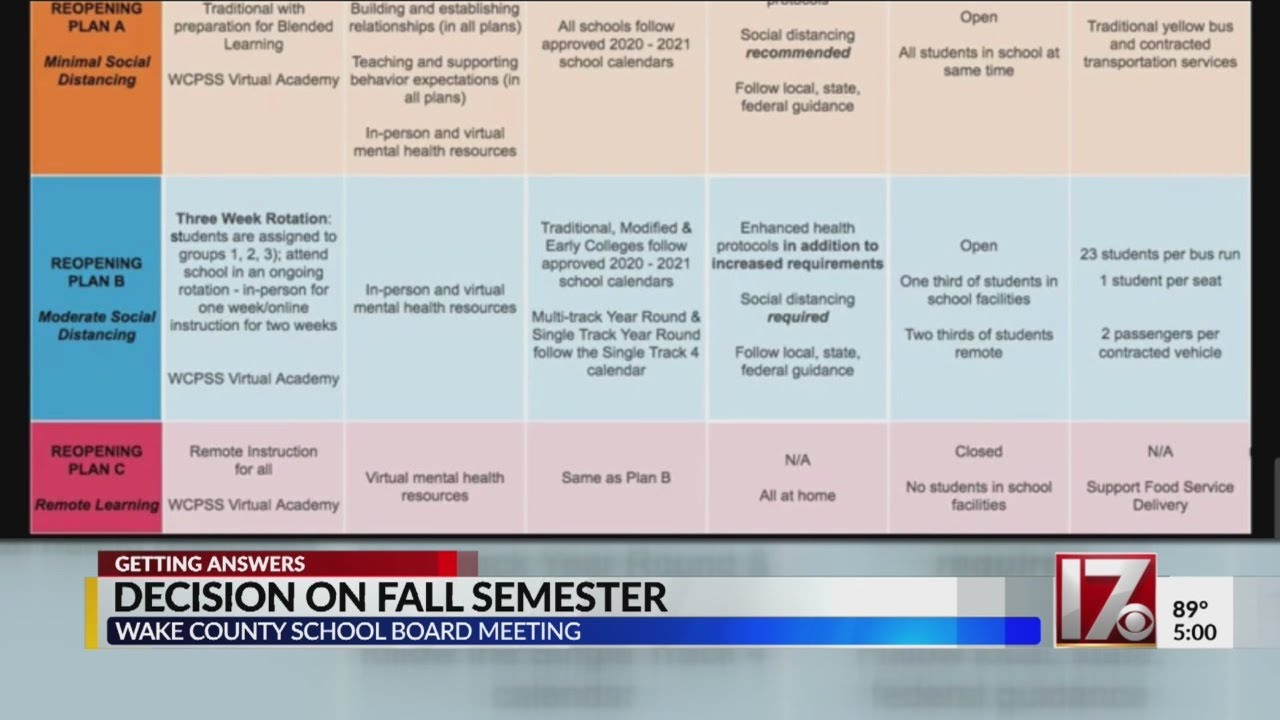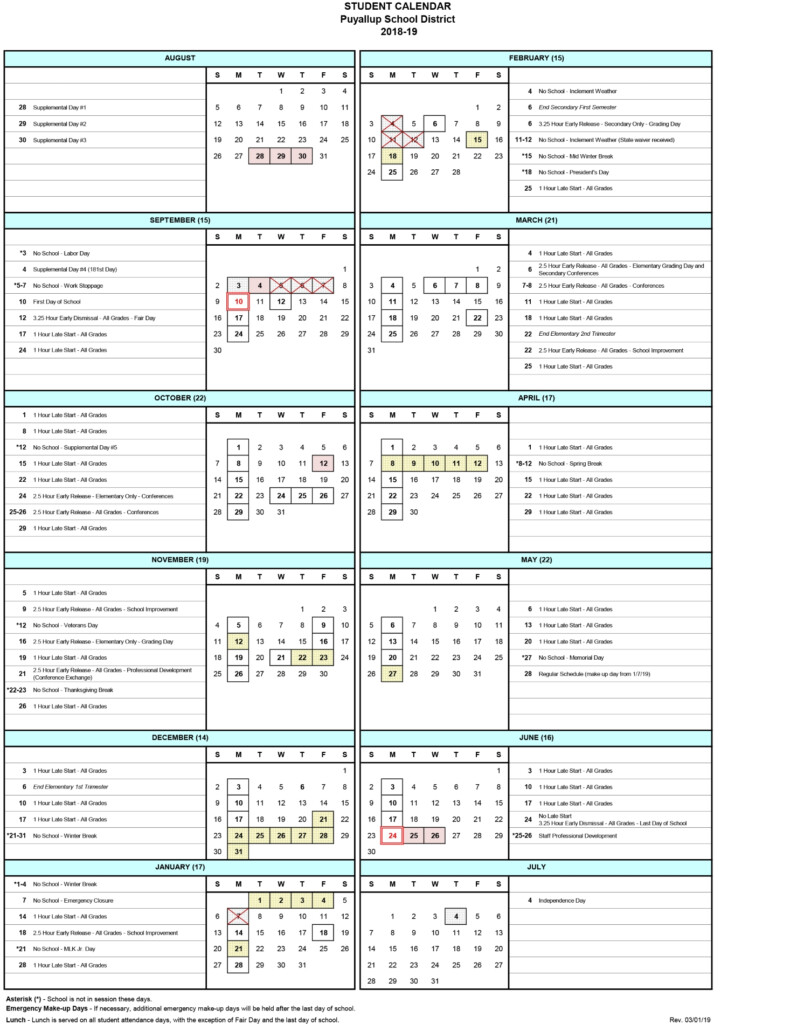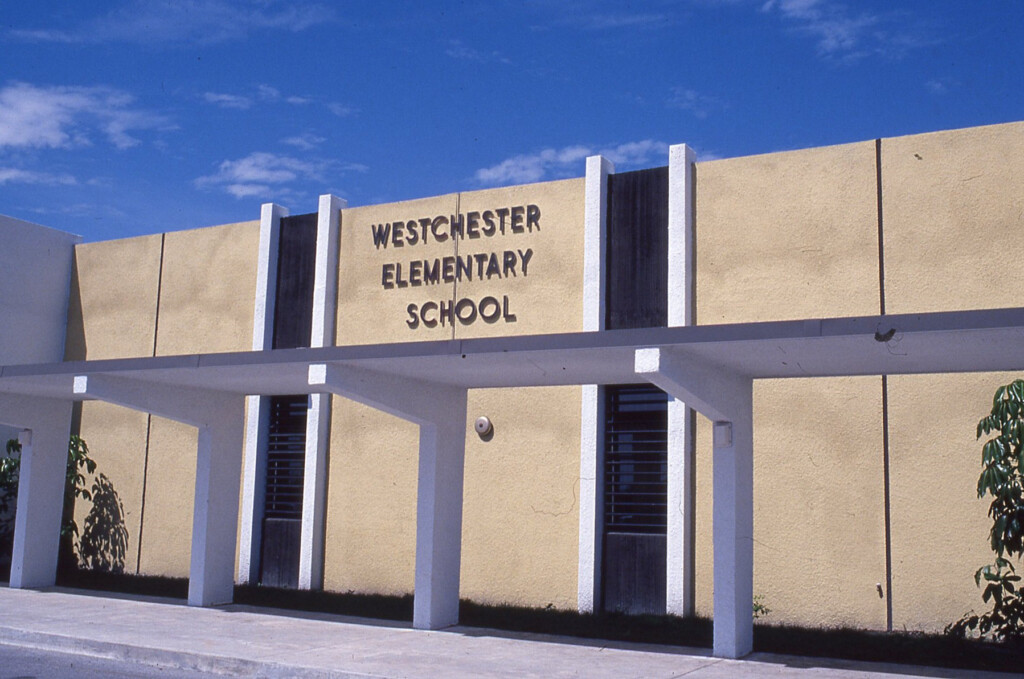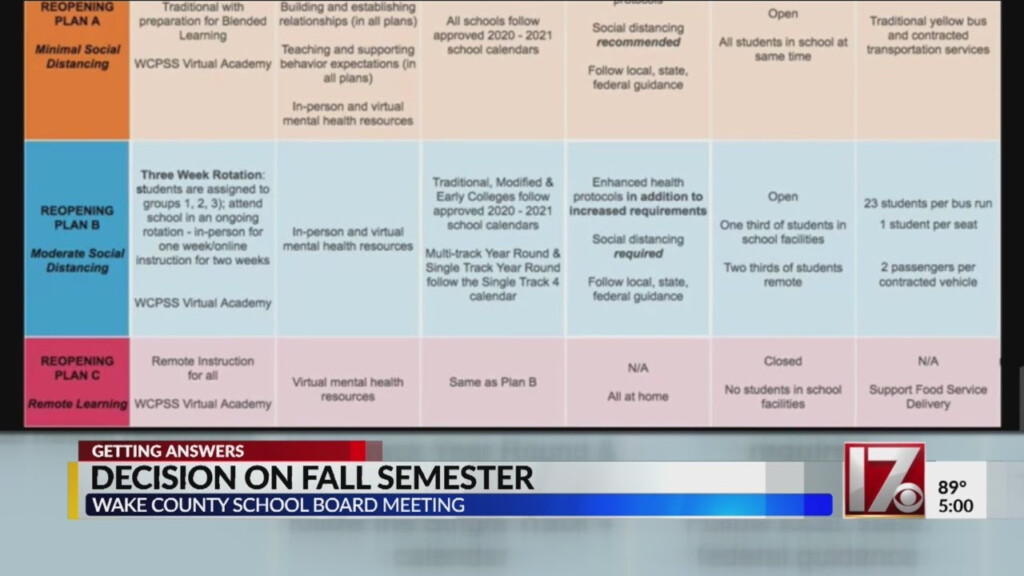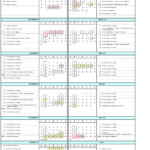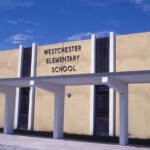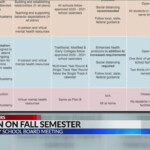Loudoun County Public Schools Year Round Calendar – The school year calendar often referred to as the academic calendar, is an outline which outlines the start and closing dates for the school year, in addition to important dates, such as breaks, holidays, as well as day-long professional training. It is a crucial instrument to schools in order to plan and organize their academic calendar. It is also helpful for teachers, students, and parents plan for the upcoming events and deadlines.
How to Create a School Year Calendar
- Establish the start and end dates: The first step in making a calendar for the school year is to identify the start and finish dates of your academic year. It will be determined by your school’s location and laws of your state.
- Determine important dates: Once you’ve figured out the date of the start and the end and other important dates, you can identify them including holidays, breaks and in-service day. These dates are available in the calendar from the previous year or on your district’s site.
- Holidays and breaks When scheduling breaks and holidays, you should include them in your schedule like winter break, spring break, summer vacation. Include any additional holidays, like federal holidays, or religious holidays.
- Include professional development and in-service days: In-service and professional development days are vital for teachers who plan their lessons and are preparing to start the year. Make sure to add these days in the calendar.
- Make adjustments for unexpected circumstances Make sure to remain flexible and modify your calendar to accommodate unexpected scenarios like severe weather, school closures, or unexpected happenings.
Types of School Year Calendars
- Traditional Calendar The Traditional Calendar is the most commonly used type of school calendar that is used throughout the United States, where the school year usually runs from September through August until May or June, with breaks for summer vacations and holidays.
- Year-Round Calendar: This form of calendar is designed to spread the school year across 12 months. This calendar also includes short breaks in the middle of the school year instead of one long summer break.
- Hybrid Calendar: This form is a calendar that combines elements of both the traditional calendar and the year-round calendars, with longer breaks during the school year , and a smaller summer break.
Academic Calendar Comparing to. School Calendar
- Definition and distinctions The academic calendar is the schedule for the academic calendar, while the school calendar incorporates events and activities that go beyond the academic schedule which include sporting events along with dances, concerts, and fundraisers.
- Examples of each A calendar for academics could contain start and end dates in addition to holidays and exam times, while a school calendar could include prom, homecoming weeks as well as parent-teacher conferences.
Tips for Planning a School Year Calendar
- Include the opinions of stakeholders Engage staff, teachers pupils, parents and staff in the planning process to ensure that the calendar meets the needs of all members of the school community.
- Check out community events: Be aware of local holidays and events that could impact school attendance or scheduling, such as fairs, festivals, or religious holidays.
- Check out the calendar from the previous year. Check out what worked well and what didn’t work in the previous year’s calendar, and incorporate that information into the new calendar.
- Be flexible: Allow for some flexibility in case of unexpected events like weather-related closures for schools or changes in the dates of state testing.
- Prepare for contingencies: Create plans in place for unexpected emergencies or circumstances that may require a change to the calendar.
Conclusion
A well-organized school calendar is crucial to ensure a successful academic year. If you follow these guidelines and best practices, schools will be able to create an effective calendar that caters to expectations of the whole school community and provides flexibility in case of unforeseen situations. A carefully planned calendar can assist teachers, students and parents prepare for the year ahead, to ensure a positive, productive year for the school.
